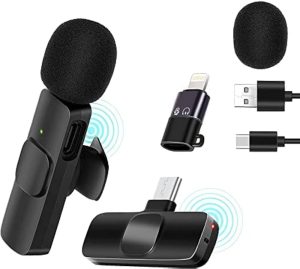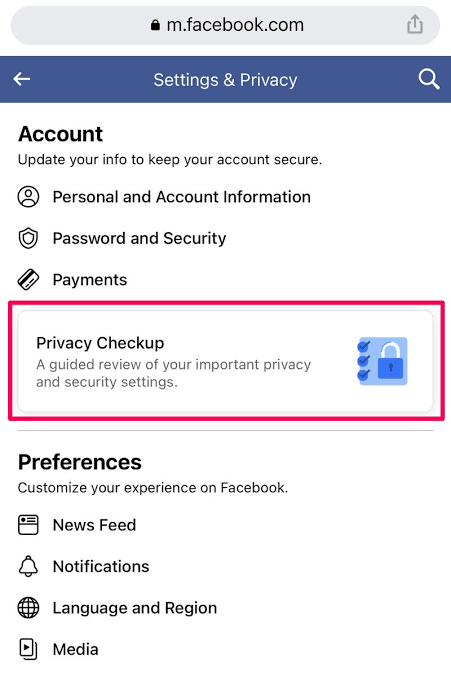
YouTube live streaming gears. Organizations in almost every industry now rely heavily on video content to grow. By 2025, 82% of all consumer internet traffic will consist of video content, according to research. Additionally, according to 85% of marketers, video is a powerful internet marketing tool. Therefore, it should come as no surprise that companies are using live streaming more and more as their go-to strategy for audience engagement and event delivery.
YOUTUBE LIVE STREAMING GEARS
For influencers, companies, and content producers that want to interact with their audience in real time, YouTube live streaming has become a vital tool. Having the proper equipment may significantly improve the quality of your broadcast, whether you’re streaming gaming sessions, hosting live Q&A sessions, or doing product demos. This post will discuss the necessary equipment you’ll need to take your YouTube live streams to the next level, from cameras and microphones to lighting and accessories.
1. Camera:

YOUTUBE LIVE STREAMING GEARS
A high-quality camera is the foundation of any successful live stream. While many content creators opt for webcams or smartphone cameras for their broadcasts, investing in a dedicated camera can significantly improve the quality of your video. Look for a camera with features such as 4K resolution, clean HDMI output, and autofocus capabilities for crisp, clear footage. Popular options include the Sony A7 III, Canon EOS M50, and Panasonic Lumix GH5.
2. Microphone:

YOUTUBE LIVE STREAMING GEARS
Good audio quality is just as important as video quality when it comes to live streaming. Investing in a high-quality microphone can make your voice sound clear and professional, enhancing the overall viewer experience. Consider using a lavalier microphone for hands-free operation, a shotgun microphone for directional audio capture, or a USB microphone for simplicity and ease of use. Popular choices include the Rode Wireless Go, Blue Yeti, and Audio-Technica AT2020.
3. Lighting:

YOUTUBE LIVE STREAMING GEARS
Proper lighting can dramatically improve the look of your live stream, making your video appear more polished and professional. Invest in a set of LED lights or softbox lights to illuminate your set evenly and reduce harsh shadows. You can also use accessories like reflectors and diffusers to control the intensity and direction of light for a flattering effect. Popular lighting kits include the Neewer 660 LED Video Light, Godox SL-60W, and Elgato Key Light.4. Tripod or Mount:
A stable camera mount is essential for keeping your camera steady and secure during your live streams. Invest in a sturdy tripod or camera mount that can support the weight of your camera and accessories while allowing for flexible positioning and angle adjustments. Look for features such as height adjustment, pan and tilt functionality, and compatibility with your camera model. Popular options include the Manfrotto PIXI Mini Tripod, Joby GorillaPod, and Neewer Heavy Duty Video Tripod.
5. Internet Connection:

A reliable internet connection is crucial for streaming high-quality video without buffering or interruptions. Make sure you have access to a fast and stable internet connection with sufficient bandwidth for your live stream. Consider using a wired Ethernet connection for the most reliable performance, or invest in a high-quality Wi-Fi router with advanced features like MU-MIMO and beamforming for improved coverage and speed.
Summary
You may improve the caliber of your YouTube live streams and produce captivating, polished material that appeals to your audience by making the appropriate equipment purchases. Having the necessary equipment listed in this post will help you create exceptional live broadcasts that stand out from the competition and entice viewers to return for more, regardless of your level of experience as a content creator.

